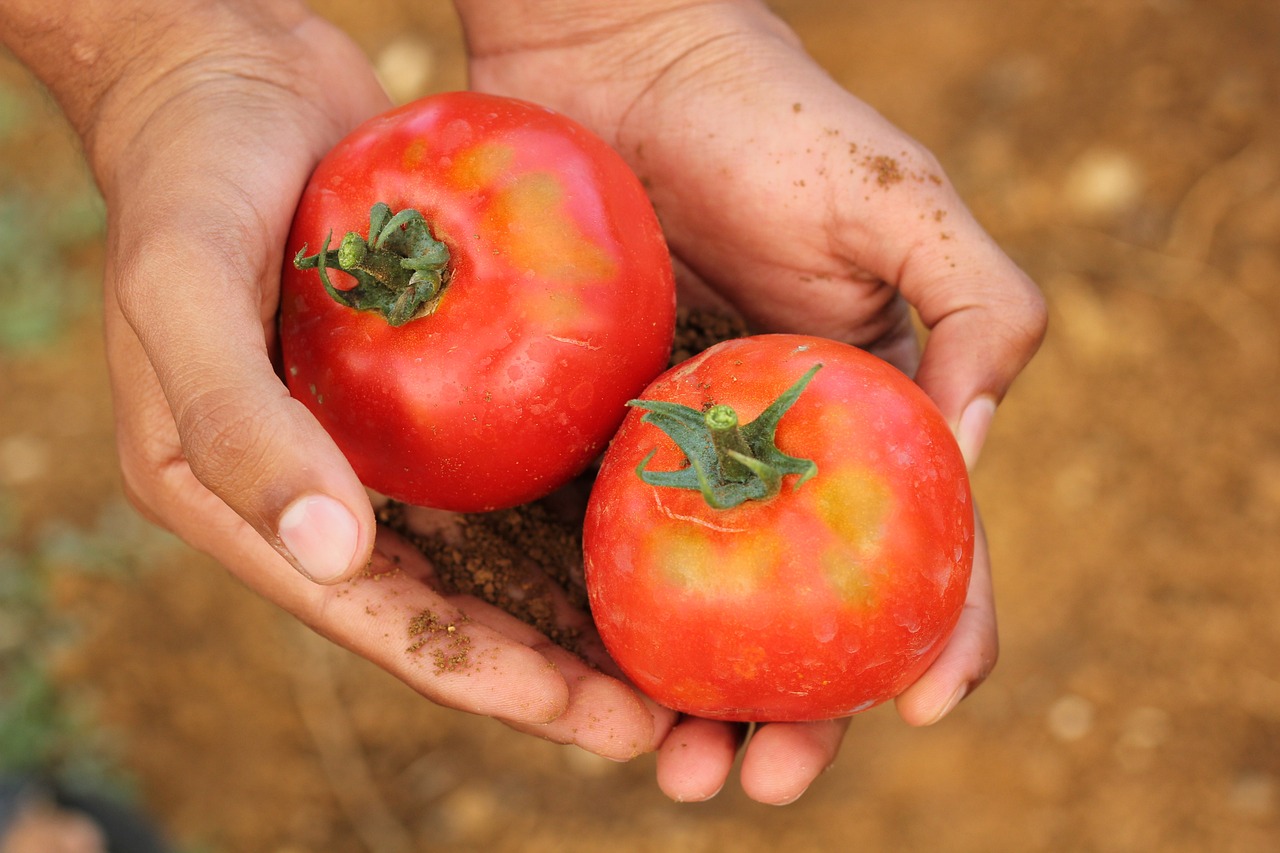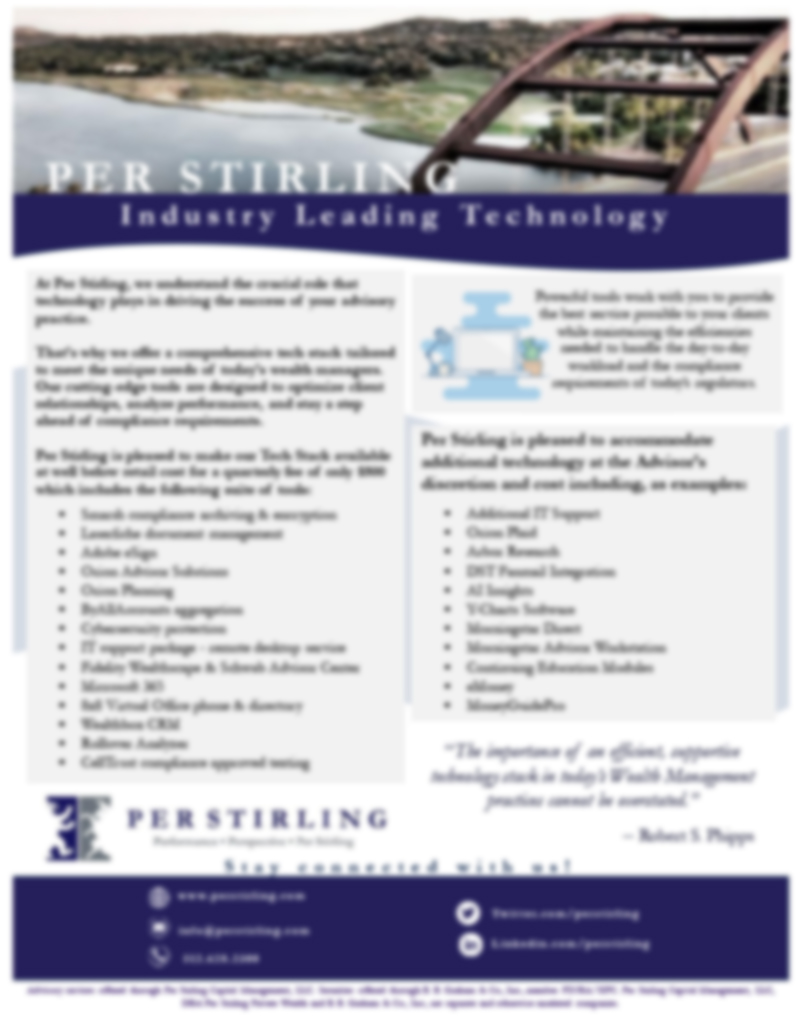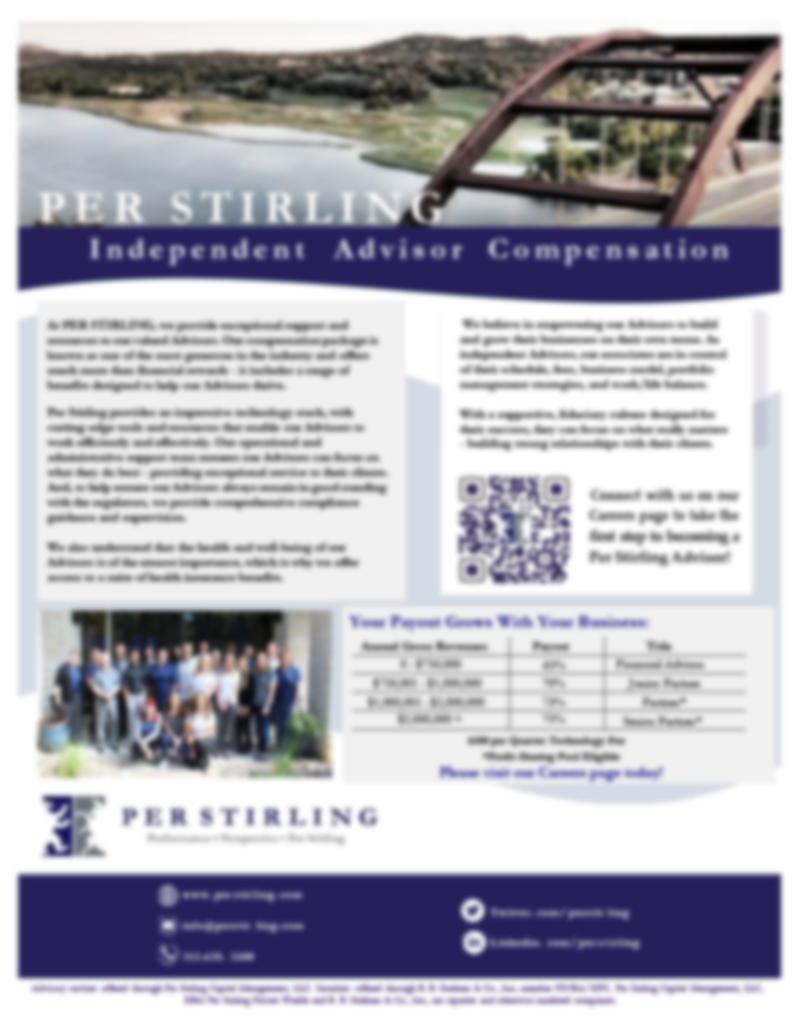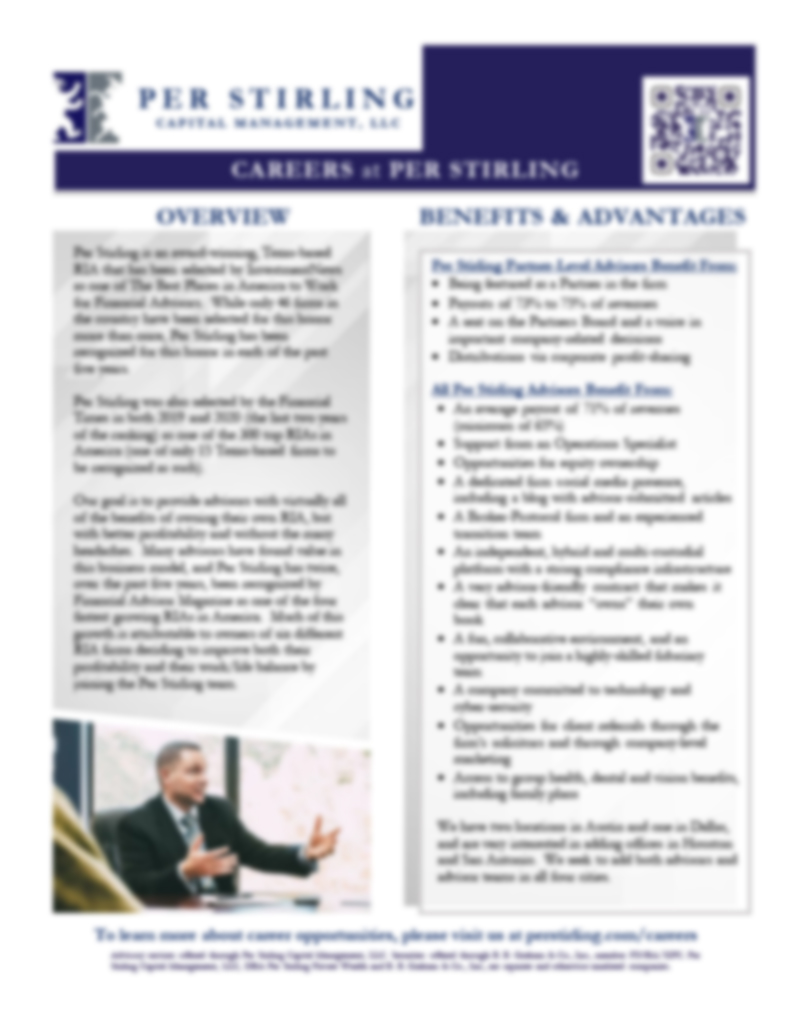06
AugustGardening & Financial Planning: Cultivating Success
I’m one of the many who developed a passion for gardening during our ‘Covid time’ of isolation. That is to say, YouTube algorithms have now filled my home page with gardening videos. I have pretty much wrapped up the spring tomato harvest season this year, but the good news is that in Texas we also have a second fall harvest. As you can imagine my mind may wonder between my day job while I’m tending my garden, so bear with me as I lightheartedly attempt to draw a few quick parallels to investing/financial planning and hobby I am drawn to, gardening. (In addition, for those fellow gardeners please let me know any I may have missed?)
- Planting Seeds in Season and in the Proper Conditions: Just as you wouldn’t plant seeds outside of their planting season, starting to save early and using the right account types, like IRAs, 529 or 401(k)s, sets the stage for healthy financial growth. It’s all about timing and environment!
- Adding Water/Fertilizer: In gardening, consistent watering and the right fertilizer help plants thrive. Similarly, dollar-cost averaging—regularly investing a fixed amount—can nurture your portfolio, giving it the potential to grow even when the market is unpredictable.
- Pruning: Trimming back excess foliage, ‘suckers’ can help your plants grow stronger and produce more fruit. In the financial world, this means rebalancing your portfolio to keep your investments aligned with your goals and risk tolerance.
- Long-term Commitment: Gardening is not a one-and-done deal; it’s about the long haul and work. Much like investing and the concept of compounding—where your earnings can generate their own earnings. So, stay patient and give your investments (and tomatoes) time to grow.
- Adapting to Different Weather Conditions: Just as gardeners adapt to unexpected frosts or heatwaves, investors must navigate market volatility and economic changes. Whether it’s a heat wave or a bear market, adaptability and diversification is key.
- Diversification of Plants: In a garden, a mix of plants helps ensure you have something to harvest, even if one type doesn’t do well. This is like portfolio diversification; spreading your investments across different asset classes helps manage risk. Remember, you don’t want all your tomatoes in one basket—or all your investments in one stock!
- Partner Plants (Planting Tomatoes Next to Basil): Certain plants thrive when grown together, like tomatoes and basil, which enhance each other’s growth. In finance, portfolio coloration refers to holding investments that complement each other, balancing risk and reward. Like a portfolio mix of stocks and bonds.
- Greenhouse/High Tunnel: A greenhouse or high tunnel provides protection and a controlled environment for plants, akin to having insurance. (life, disability, property and casualty, etc.) Just as a greenhouse shields your tomatoes from frost, insurance protects your assets from unexpected life events. Both give peace of mind that your “crops” are safe.
- Harvest: The reward for all your hard work in the garden is the harvest—ripe, juicy tomatoes. In investing, the harvest is your retirement fund, college savings, or any other financial goal. It’s all about enjoying the fruits of your labor.
So, as we navigate the ups and downs of the garden and our financial plans, let’s remember to enjoy the journey, learn from our mistakes, and maybe share a few tomatoes (or financial wisdom) with friends along the way.
 Written by: Steve Cartwright, CFP®
Written by: Steve Cartwright, CFP®
If I can be of service please use this Link to book an appointment.





